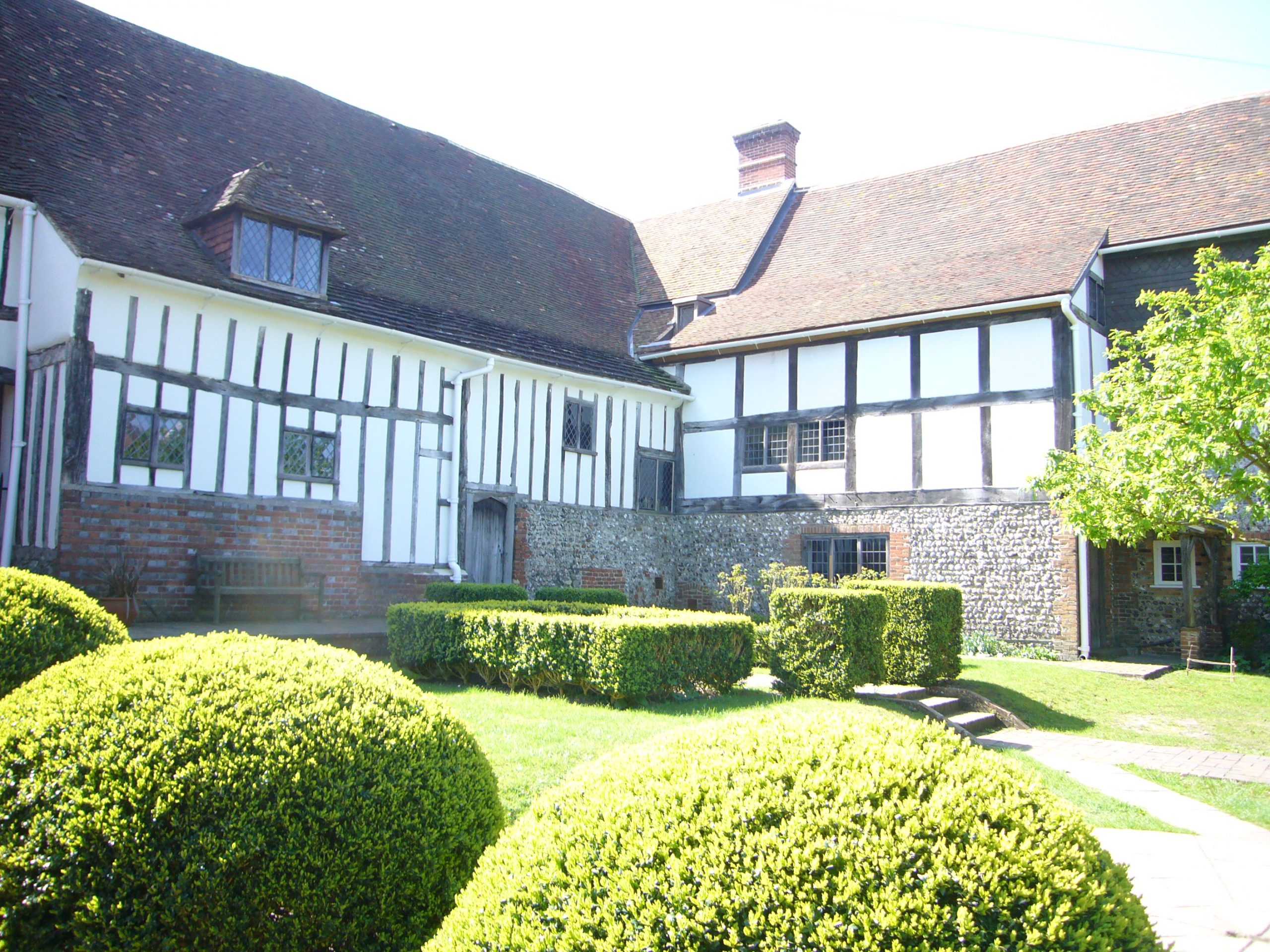
A Short History of Anne of Cleves House
A Short History of Anne of Cleves House
Atmospheric Anne of Cleves House occupies a prominent position on Southover High Street, Lewes. The building takes its name from Henry VIII’s fourth wife. The house, along with other properties and land, formed part of their marriage annulment settlement.
Timeline
- 1540 – Henry VIII marries Anne of Cleves
- 1541 – Anne of Cleves receives the house as part of her annulment settlement
- 1923 – House gifted to The Sussex Archaeological Society
- 1934 – Final tenants vacate the house and repairs undertaken
About Anne of Cleves House
The building is a Wealden hall house, a medieval style of timber-framed house traditional to the region.
When Henry VIII ended his short-lived marriage to Anne of Cleves in 1541, she received the house as part of her settlement, although she never lived there.
The early parts of the property date from the late 1400s, with grand additions in the 16th century.
Sadly, by the early 20th century, it had become run down and sub-divided into a number of dwellings.
Gifted to the Society in 1923
In 1923 the house was gifted to The Sussex Archaeological Society by Frank Verrall, the then owner. A condition of the transfer was that the existing tenancies were not disturbed.
The Society honoured this requirement but, as tenants left the building over the next few years, the rooms they vacated were opened to visitors.
It was not until 1934 that the last tenants vacated their rooms in the western range of the house.
A programme of repairs was undertaken and it was planned, when funds allowed, that the staircase should be reinstated ‘so that the two parts of the house may be connected as they were in the past.’



Anne of Cleves House today
Today, visitors can enjoy an insight into Tudor and Elizabethan life thanks to well-preserved interiors. The kitchen, bedrooms and parlour all feature authentic domestic furnishings, under original wooden beams.
Outside, the garden is inspired by a traditional Tudor planting scheme and is planted with herbs, shrubs and fruit trees appropriate to the Tudor period.
The collections on display at Anne of Cleves House – and in reserve – contain a substantial bequest of Sussex furniture. An important collection of domestic ironwork, which includes a nationally significant collection of iron firebacks, is also in store.
